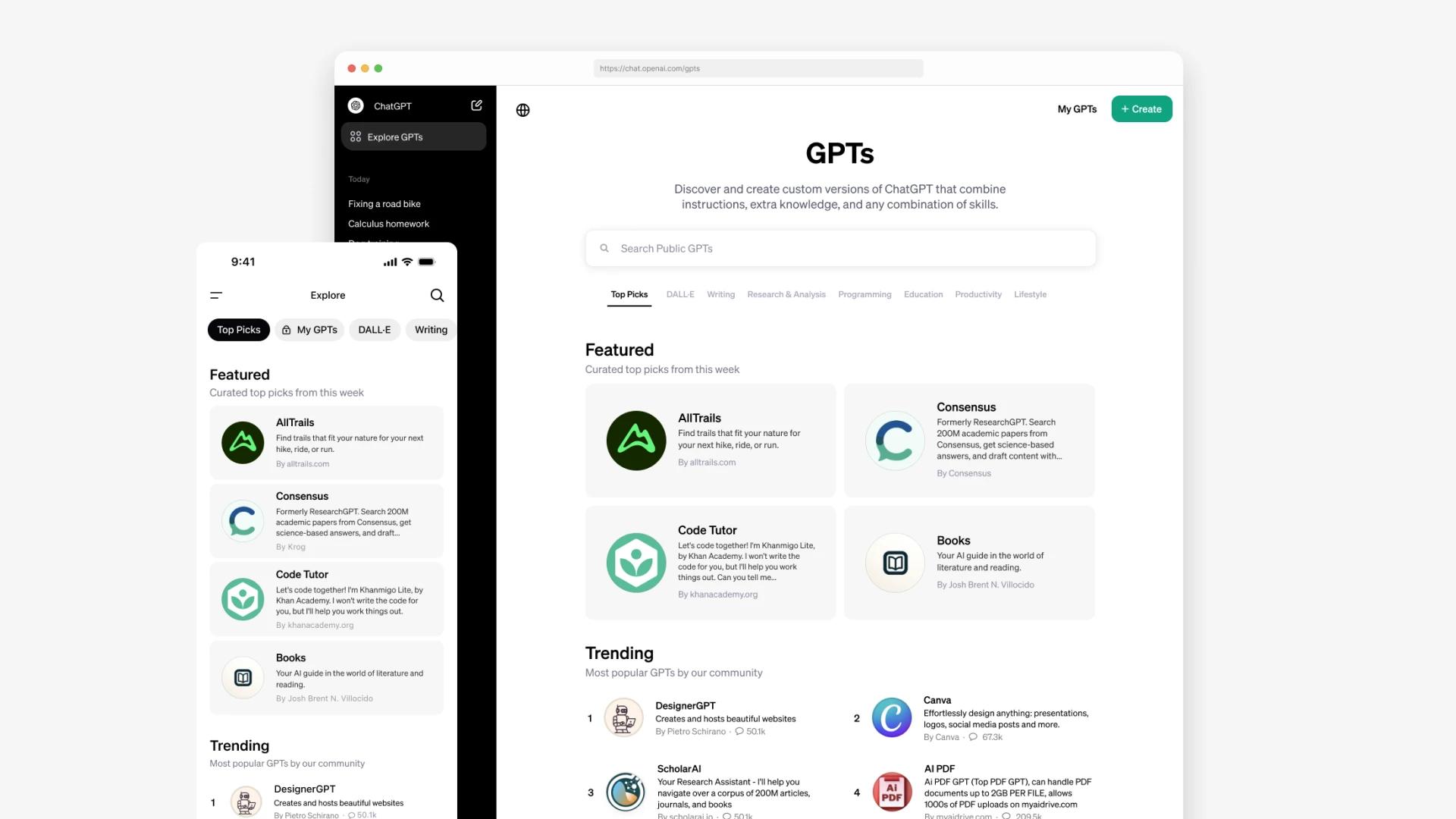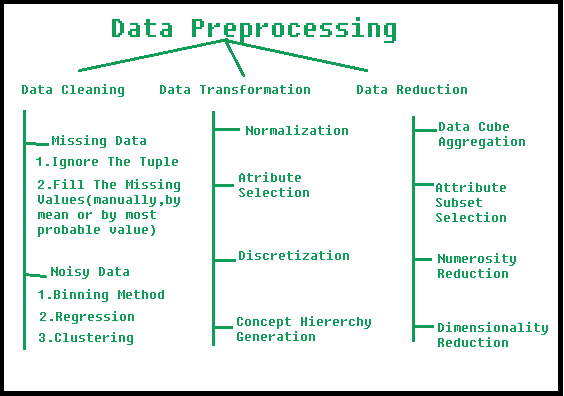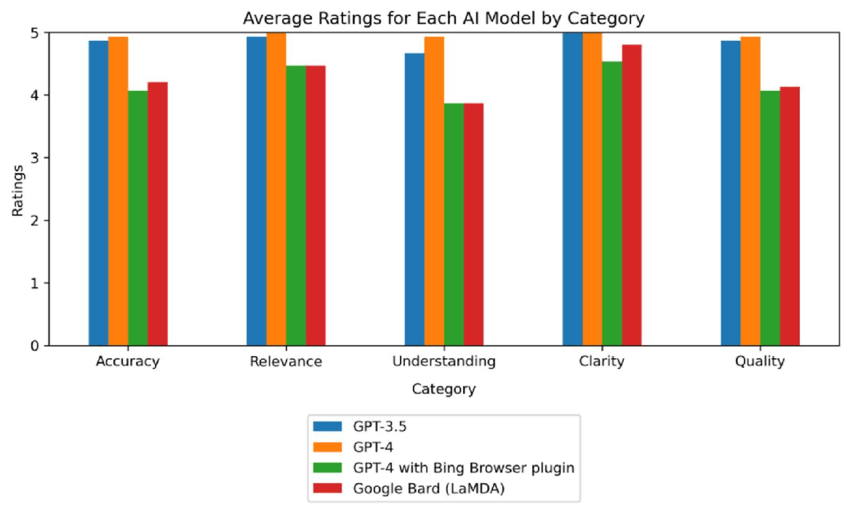How to Create Custom GPT for Your Business in JUST 5 STEP

Introduction
In today's rapidly evolving business landscape, artificial intelligence (AI) has become more than just a buzzword—it's a necessity. Businesses are increasingly leveraging AI tools to automate tasks, enhance customer service, and stay ahead of competitors. Among these tools, the use of GPT stands out as a game-changer. This powerful neural network doesn't just generate text; it transforms how businesses communicate, create content, and handle customer interactions.
What is a Custom GPT?
Think of a custom GPT as your business's personal AI assistant, trained specifically for your industry and needs. Similar to how Monica, a versatile AI assistant, supports various tasks like writing, chatting, coding, and browsing, a custom GPT can be tailored to handle the unique demands of your business—enhancing productivity, streamlining operations, and delivering personalized support.Unlike generic AI models, custom GPTs are fine-tuned on your specific data, making them incredibly effective for tasks like:
- Generating product listings that match your brand voice
- Handling customer inquiries with industry expertise
- Creating specialized content for your business
- Processing and analyzing industry-specific data
Preparing to Create Your Custom GPT
Essential Requirements
Before diving in, let's get your toolkit ready. You'll need:
- A ChatGPT Plus or Enterprise subscription
- Clear business objectives
- Relevant training data
- Basic understanding of your use case
No Coding Required
Here's the best part: you don't need to be a technical wizard to create a custom GPT. The user-friendly ChatGPT interface lets you:
- Customize your AI through natural language
- Train models without coding knowledge
- Modify behaviors using simple prompts
- Test and refine your GPT easily
Setting Your Goals
Before starting, ask yourself these crucial questions:
What specific tasks should your GPT automate? Consider:
- Email responses
- Data analysis
- Content creation
- Customer support
What personality should your GPT have?
- Professional and formal
- Casual and friendly
- Technical and precise
Which data sources or APIs might enhance your GPT's capabilities?
- Internal databases
- Industry resources
- Real-time data feeds
How to Create a Custom GPT
1. Choose a GPT Platform

Your platform choice matters:
- OpenAI's GPT-3 and GPT-4 offer robust features and user-friendly interfaces
- Alternative options include Hugging Face Transformers and Google AI PaLM
- Consider factors like pricing, features, and integration capabilities
2. Collect and Prepare Your Data

Quality data is crucial:
- Gather comprehensive, relevant data sets
- Clean and standardize your data
- Consider data augmentation techniques
- Ensure data privacy compliance
3. Finetune the Model

The training process involves:
- Fine-tuning on your specific data
- Adjusting parameters for optimal performance
- Implementing transfer learning techniques
- Testing and validation
4. Evaluate and Iterate

Continuous improvement is key:
- Test performance metrics
- Gather user feedback
- Make necessary adjustments
- Monitor and optimize
5. Deploy and Monitor
Final steps include:
- Integration with your systems
- Performance monitoring
- Regular updates and maintenance
- User feedback collection
Real-World Applications of Custom GPT
Customer Support Chatbots
Custom GPT models excel in customer service:
- 24/7 customer support
- Consistent responses
- Multilingual capabilities
- Scalable solutions
Content Creation
Transform your content strategy with:
- Automated article generation
- Social media content
- Product descriptions
- Brand-consistent messaging
Personalized Recommendations
Enhance user experience through:
- Product suggestions
- Content recommendations
- Personalized marketing
- User behavior analysis
Language Translation and Localization
Break language barriers with:
- Accurate translations
- Cultural context preservation
- Multi-market communication
- Local dialect understanding
Legal and Compliance Documentation
Streamline legal processes with:
- Contract drafting
- Compliance checking
- Document review
- Regulatory updates
Conclusion
Custom GPT represents a powerful tool for business innovation and automation. By following this guide and understanding your specific needs, you can create a custom GPT that truly serves your business objectives.
Need expert help? Our team specializes in AI development and can guide you through the entire process, from data collection to model deployment.
